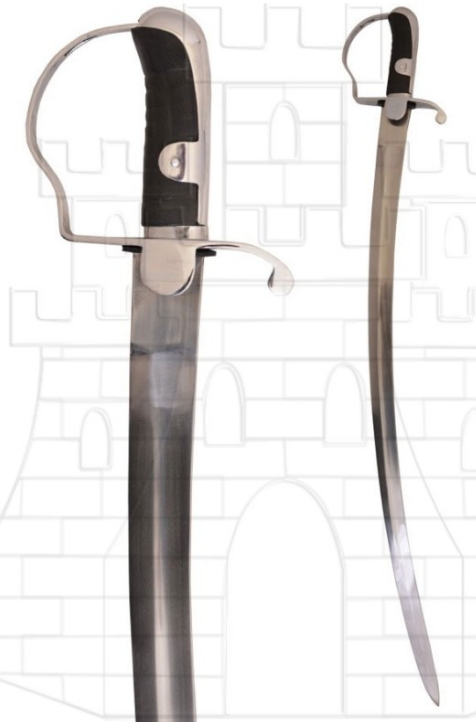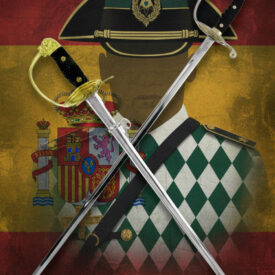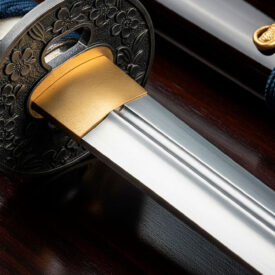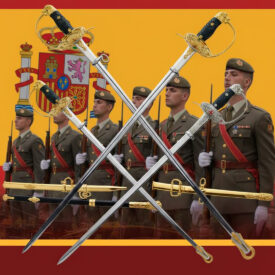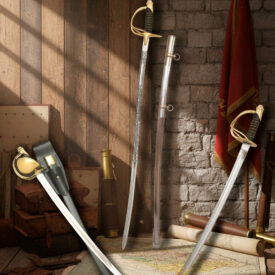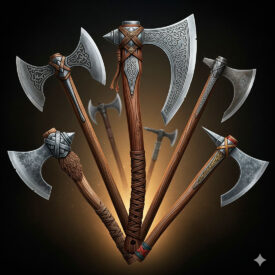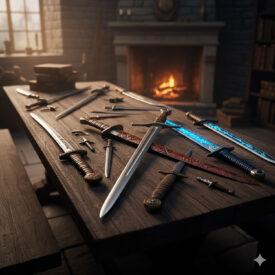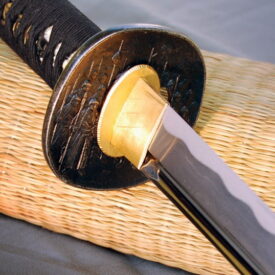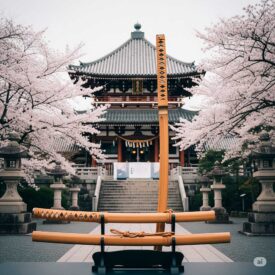A Blade Through Time: Why Cavalry and Infantry Sabers Tell Stories of War and Honor
What distinguishes a cavalry saber from an infantry one? The answer lies in how the warrior moved: mounted on horseback or standing firm in the battle’s mud. Sabers are not just steel tools; they are witnesses to epic charges, elegant maneuvers, and tactical transformations. In this article, you will discover how they evolved, what technical and tactical differences separate them, and why today they remain ceremonial symbols and collector’s items.
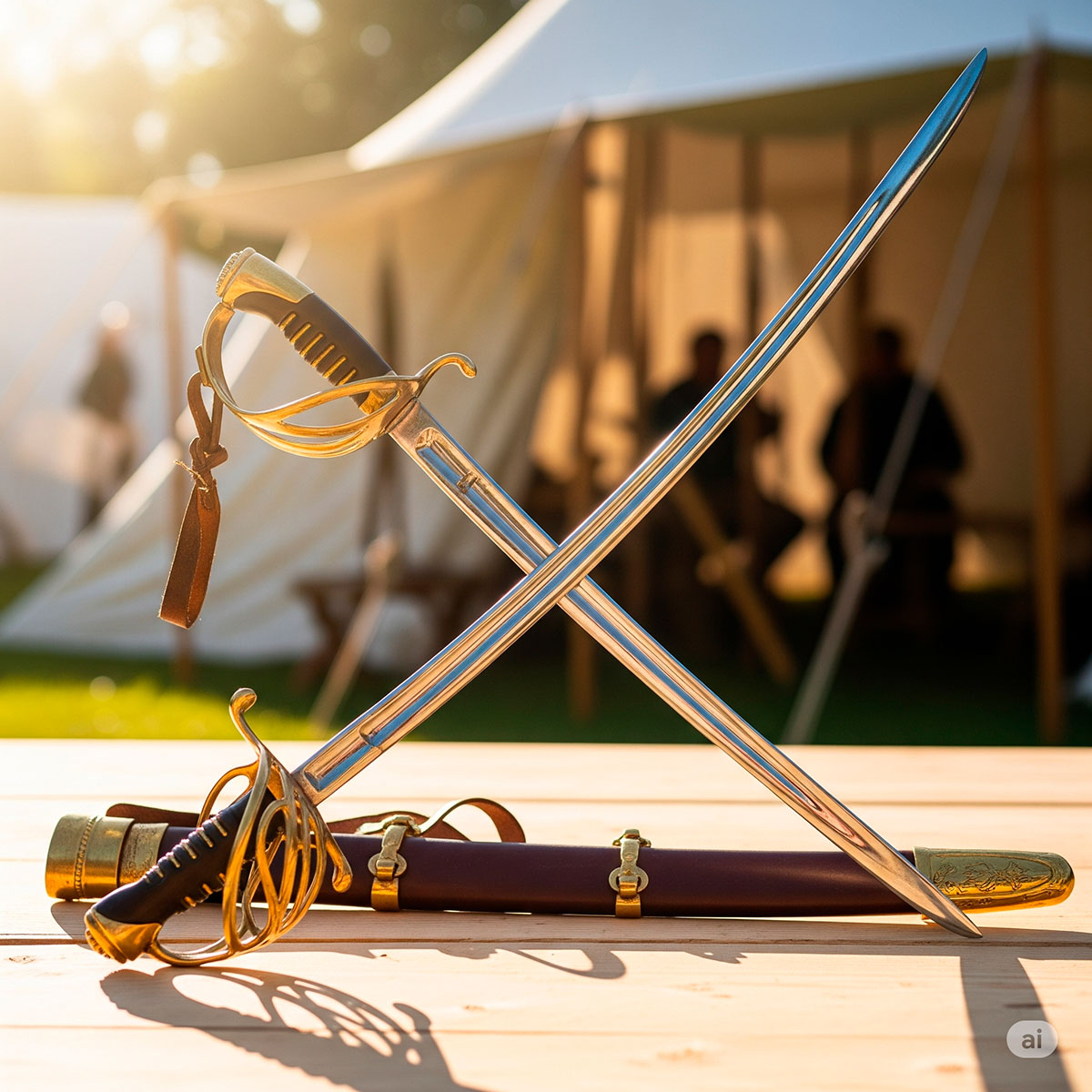
Historical Evolution of the Saber: From Cavalry Weapon to Ceremonial Symbol
The history of the saber spans steppes, camps, and battlefields. From its first curved variants in the Eurasian steppes to its heyday in the Napoleonic Wars and its slow transition to ceremonial use, this weapon tells the story of military adaptation. Below is a detailed timeline with the most relevant milestones.
| Era | Event |
|---|---|
| Origins and First Manifestations (6th – 15th Centuries) | |
| 6th Century AD | A longer, slightly curved sword variant, a precursor to the saber, known as the “protosaber” or Turkic-Mongol saber, emerges in southern Siberia. |
| 8th Century AD | The “protosaber” evolves into the true cavalry saber in the Eurasian steppes. |
| 9th Century AD | The saber arrives in Europe with the Magyars and the Turkish expansion; Hungarians, Poles, and other Slavic peoples adopt it for cavalry. |
| 14th Century | The Hungarian word “szabla” (saber) appears. |
| 15th Century | The German word “säbel” (saber) is recorded in writing. |
| Expansion in Europe and Consolidation (16th – 17th Centuries) | |
| 16th Century | The saber begins to replace the straight sword as the preferred cavalry weapon in Europe; Hungarian hussars drive its dissemination. |
| 16th-18th Centuries | In the Polish-Lithuanian Commonwealth, the “szabla” becomes established as a cavalry weapon and symbol of nobility, sometimes replacing straight infantry swords. |
| 17th Century | The “szabla” type influences the formal introduction of the saber in Western Europe; during the Thirty Years’ War, it spreads as a standard weapon for light cavalry and gains use among the infantry. |
| The Napoleonic Era and the 19th Century: Specialization and Adaptation | |
| 1767 (France) | The short “Briquet” type saber is introduced as an infantry weapon, effective in close combat and as a camp tool. |
| 1768 (Spain) | Ordinance limiting the armament of chiefs and officers; later, in 1796, by depriving officers of the rifle, the need for the dress sword and more effective sabers for foot combat became widespread. |
| 1803 (Great Britain) | A specific saber pattern for infantry officers is authorized, inspired by the 1796 light cavalry saber. |
| 1806 (France) | The “Briquet” saber is officially named in France. |
| 1815 (Spain) | The first regulatory models of cavalry sabers “of the year 1815” are established, with variants for line and light cavalry, influenced by French models. |
| 1821 (France / Spain) | The French Infantry Officer’s saber, model 1821, becomes widespread in the Spanish army due to influence and fashion; there are examples of national and French manufacture. |
| 1825 (Spain) | Approval of new models for the Royal Guard Cavalry: riding sword for line cavalry and saber for light cavalry (with a pommel topped by a cap). |
| 1825-1870 (Spain) | Prolonged use of the 1825 saber model for light cavalry, including its variant for officers. |
| 1831 (USA and Great Britain) | The “Mamluk” sword is adopted as a pattern for British generals and for officers of the United States Marine Corps; it remains in use to this day. |
| 1832 (Spain) | The Md. 1832 riding sword is introduced for Line Cavalry, differing from the 1825 model mainly by the blade. |
| 1840 (Spain) | Approval of the “Md. 1840 saber for Light Cavalry,” one of the last models with a three-gavilanes guard. |
| 1850s (Spain) | The use of wide-bladed sabers for infantry officers declines, being replaced by narrower-bladed sabers. |
| 1854 (Crimean War) | The Charge of the Light Brigade highlights the vulnerability of cavalry to modern artillery, although the act immortalizes the saber’s valor in the charge. |
| 1863 (American Civil War) | The saber is used in cavalry actions such as Brandy Station and Gettysburg, although many soldiers prefer revolvers and carbines. |
| 1870-1871 (Franco-Prussian War) | Cavalry continues to have tactical relevance, participating in significant charges such as at the Battle of Gravelotte. |
| 1881 (Russian Empire) | Sabers are replaced by the shashka in the Russian army, although some guard regiments and officers retain the saber as a personal weapon. |
| Decline as Combat Weapon and Ceremonial Transformation (20th – 21st Centuries) | |
| Early 20th Century | The saber’s role in combat diminishes with the advance of firearms; cavalry charges cease to be tactically decisive. |
| 1913 (USA) | The Patton saber is issued, the last saber for the American cavalry, designed straight and for thrusting. |
| 1914 (World War I) | Trench warfare and machine guns make cavalry charges almost impossible; the saber remains only in the first months of mobile warfare. |
| 1921 (Spain) | The Alcántara Regiment performs heroic charges during the “Disaster of Annual” in Morocco, protecting the retreat of Spanish troops. |
| 1930s | Most mounted cavalry is replaced by armored units. |
| 1934 (USA) | The War Department announces that the saber ceases to be a combat weapon for cavalry, limiting its use to a badge of rank and for ceremonial purposes. |
| 1939-1941 (Germany / Romania) | In 1939, German cavalry still carried the saber after the Polish campaign (later stored in 1941). In Romania, cavalry used their straight “thrusting” sabers until at least 1941. |
| 1950 (Belgium) | The Belgian Gendarmerie used sabers until at least this date. |
| 1965 (Sweden) | Swedish police forces used sabers until this year. |
| Present Day | The saber is no longer a combat weapon, but it endures as a symbol of status, honor, and military tradition: it is used in parades, ceremonies, promotions, the “saber arch” at military weddings, and as a collector’s item and for historical fencing. |
From the Blade: Anatomy and Technical Differences
To understand the differences between cavalry sabers and infantry sabers, one must look at their geometry, balance, and hilt. Each detail responds to a specific function: cutting from above at a gallop or controlling a hand-to-hand encounter on foot.
| Characteristic | Cavalry Saber | Infantry Saber | |
|---|---|---|---|
| Curvature | Pronounced, favors close cuts from horseback. | Less curvature or straight, facilitates thrusts and maneuvers in confined spaces. | |
| Length | Longer (80–90 cm typical in historical cavalry models). | Shorter and more manageable (60–75 cm in many models). | |
| Balance Point | Forward for greater cutting effect. | Close to the hilt for quick defense and changes of direction. | 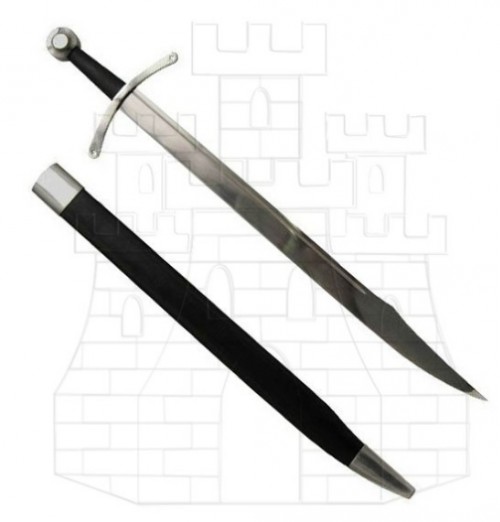 |
| Guard | Robust hand protection: powerful guards and quillons. | Simpler guards, designed for quick maneuvers with bayonet or rifle in mind. | |
| Tactical Use | Charges and mounted skirmishes; cutting and disorganizing enemy formations. | Close combat, formation discipline, and defense of trenches and rear guards. |
- Cavalry Saber
-
- Curvature: pronounced
- Length: 80–90 cm
- Use: cuts from horseback
- Infantry Saber
-
- Curvature: less or straight
- Length: 60–75 cm
- Use: thrusts and foot combat
How They Were Employed on the Battlefield
Tactics dictate form: in cavalry, the saber is an extension of the rider and the horse. A coordinated charge multiplies the energy of the cut. In infantry, the saber had to be effective in individual encounters, in formation, and in shock actions when firearms took a back seat.
Typical Cavalry Maneuvers:
- The wedge or column charge, where the saber cut open lines of enemy infantry or cavalry.
- Ambushes and harassment by light units that took advantage of the saber’s lightness and curvature for quick strikes.
Typical Infantry Maneuvers:
- Hand-to-hand actions after a bayonet assault or in village and forest combat.
- Defense of positions, where agility and wrist quickness were essential.
Emblematic Models and Cultural Variations
By tracing sabers on the map, one discovers exotic forms: the Persian shamshir, the Russian shashka, the Polish szabla, and the French briquet. Each culture adapted the blade to its horse, its handling, and its military aesthetic.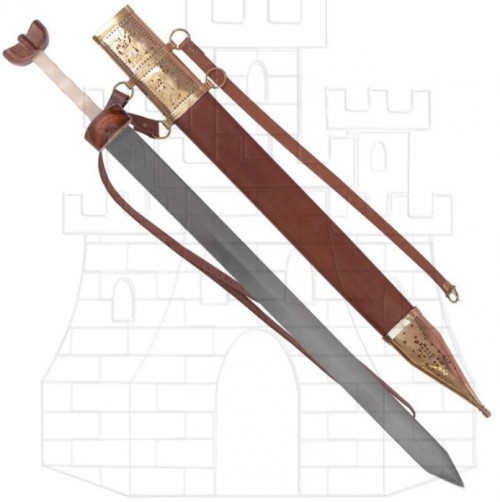
The Roman spatha shows the continuity between the ancient longsword and later sabers: a blade designed for cuts from horseback or light mounted infantry. In the Slavic and Caucasian world, the shashka became a light and effective weapon for nomadic riders and imperial regiments.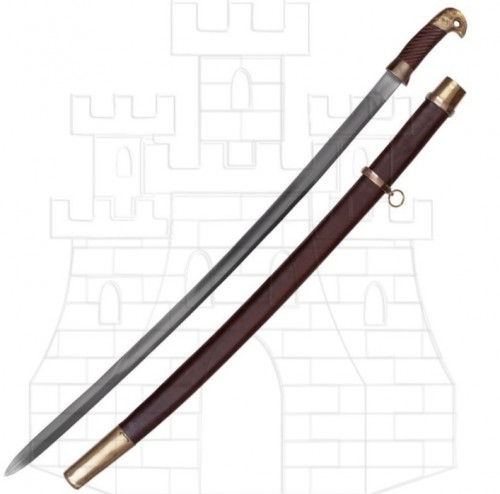
The Persian shamshir illustrates the elegant curve optimized for cutting, with a silhouette that inspired many Asian blades. In turn, the Polish szabla and karabela feature decorations and geometries that reflect both practical and social use.
Sabers in the Napoleonic Era and the 19th Century
During the Napoleonic Wars, the saber achieved its canonical status: length, curve, and balance combined to propel devastating charges. Models such as the French An XI or the British light cavalry saber set the technical and formal standard.
The Briquet model for infantry (France, 1767/1806) shows the adaptation of the saber for foot service: shorter, more practical, and durable for the line soldier. The diversity of models reflects the rapid evolution of tactics and uniforms during the 19th century.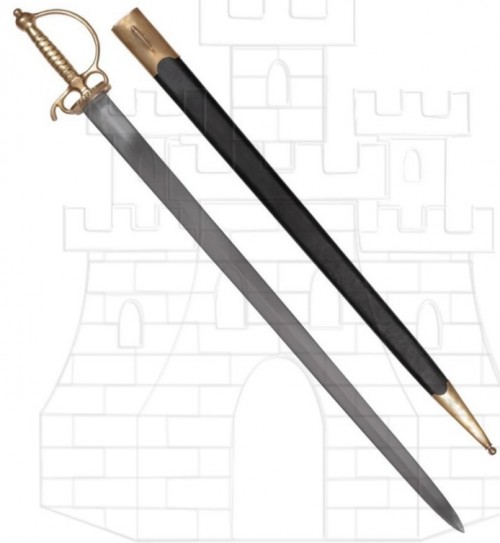
When Bullets Rendered the Saber Obsolete
The advance of firearms, artillery, and machine guns transformed modern warfare. Mass cavalry charges became lethal and anachronistic. Even so, the saber persisted as a symbol: in parades, dress uniforms, and military rituals.
In the 20th century, the saber lost practical utility but gained symbolic meaning. Officers kept it as a badge of rank and tradition. Some units retained sabers until the mid-century due to custom and ceremonies.
Construction Aspects: Materials and Forging
The quality of the steel, heat treatment, and forging determine the saber’s strength and flexibility. A good historical saber or replica must balance hardness to maintain the edge and ductility to prevent fractures. The hilt, handguard, and mounting are as important as the blade for use and aesthetics.
- Steel and Tempering: Historical and modern alloys seek a balance between hardness and resilience.
- Mounting: Materials such as leather, wood, and decorative metals describe ranks and styles.
- Guards: Quillons and shell guards protect the hand in cavalry; in infantry, maneuverability is prioritized.
Tactics and Technique: Cutting, Thrusting, and Controlling the Terrain
Saber use requires specific techniques: knowing how to synchronize the strike with the horse’s speed, maintaining the line of advance, and in infantry, holding position and creating space for the thrust. The best riders used the saber without straining the wrist, leveraging inertia and distance.
In infantry, the technique is geared towards personal protection and quick intervention after close contact with the enemy. This is why the curvature and POB (point of balance) differ between types.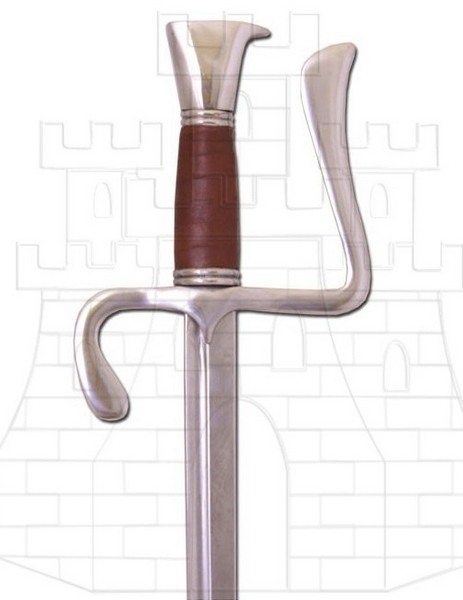
Care and Preservation of Replicas and Historical Pieces
Maintaining a piece in good condition requires cleaning, protection against humidity, and steel care. Simple and consistent maintenance preserves the edge and decoration. Although many current examples are replicas, their care must be as rigorous as that of an antique piece to maintain value and aesthetics.
- Cleaning: remove moisture and fingerprints with appropriate cloths.
- Protection: use light oils to prevent corrosion.
- Storage: supports and scabbards that prevent deformation and blows.
Practical Comparison: What to Choose for Collecting or Re-enacting?
If you are interested in historical re-enactment, the choice between a cavalry saber or an infantry saber will depend on your interest in horsemanship, historical accuracy, or ceremonial aesthetics. Practically, consider the weight, length, and curvature according to the era you wish to re-enact.
| Use | Advantage | Recommendation |
|---|---|---|
| Equestrian Re-enactment | Realism in charges and rider techniques | Cavalry saber with historical length and curvature |
| Foot Re-enactment | Agility and verisimilitude in close combat | Briquet-type infantry saber or regulated model |
| Collection and Exhibition | Aesthetic and historical value | Emblematic models with good craftsmanship and finishes |
Sabers in Exhibition and Modern Life
Although they no longer fight on the front lines, sabers accompany ceremonies, parades, and military traditions. Their use in dress uniforms keeps alive a symbolic connection to the past: courage, leadership, and discipline. In addition, collectors and historical fencing practitioners keep techniques and replicas alive.
Resources for Deeper Study: Readings and Technical References
For those who wish to study in depth, monographs on 18th and 19th-century weaponry, historical fencing treatises, and cavalry studies are essential sources. Understanding the tactical and manufacturing context offers a complete vision of the saber as a tool and symbol.
Sabers in Catalog: Replicas and Popular Models
The modern offering of replicas allows for an approximation of historical forms with current materials. When choosing a replica, look for fidelity in dimensions and proportions so that techniques and historical perception are consistent.
Final Words on the Edge and History
Cavalry sabers and infantry sabers summarize centuries of military adaptation. One is born to harness the speed of the horse; the other, to dominate hand-to-hand combat on foot. Both, however, share a legacy: forging, maneuver, and symbolism. Today they are studied, collected, and revered as pieces that connect generations with the art of war and military discipline.
If the history of bladed weapons appeals to you, looking at a saber with technical and poetic eyes is like reading a chapter of military history. Its curved silhouette continues to narrate why man always sought a weapon that harmonized with his body, his mount, and his time.
VIEW ALL MILITARY SABERS | VIEW ASIAN SABERS | VIEW AMERICAN SABERS | VIEW EUROPEAN SABERS
